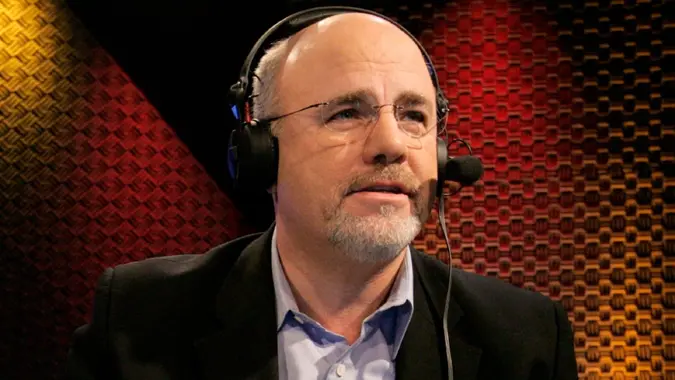The US Economy Is Improving: 4 Reasons Americans Are Struggling Anyway

Commitment to Our Readers
GOBankingRates' editorial team is committed to bringing you unbiased reviews and information. We use data-driven methodologies to evaluate financial products and services - our reviews and ratings are not influenced by advertisers. You can read more about our editorial guidelines and our products and services review methodology.

20 Years
Helping You Live Richer

Reviewed
by Experts

Trusted by
Millions of Readers
The U.S. economy, thanks in part to the Fed, seems like it’s pulling off the impossible, cooling off red-hot inflation without falling into a recession. Government statistics show that the U.S. GDP grew by 3.3% in Q4 2023, after a 4.9% expansion the prior quarter.
Meanwhile, the U.S. unemployment rate, which sat at 3.7% in Jan. 2024, has been below 4% for two full years. And an analysis from the U.S. Treasury showed that thanks to rising wages, the average American worker can not only afford what they could back in 2019, they have an additional $1,000 to spend or save. Yet, only 21% of Americans said they feel their financial position has improved under President Joe Biden, according to recently reported survey. Why the discrepancy? Let’s explore.
Prices Still Remain Elevated
Inflation has fallen dramatically after peaking at 9.1% in June 2022, to a rate of just 3.1% as of Jan. 2024. However, this doesn’t mean that prices are falling. In fact, compared with pre-pandemic costs, many prices for basic goods in the U.S. are up dramatically, pinching household budgets.
According to the U.S. Bureau of Labor Statistics, both bread and chicken are up a whopping one-third in price over just two years ago, while new car prices have jumped to nearly $48,000 from less than $40,000 three years ago. With price increases like these, it’s no wonder that some Americans may feel behind the eight ball when it comes to their budgets, even though inflation is “slowing.”
Homes Feel Unaffordable
As mortgage rates plummeted in 2020 and 2021, buyers flocked the market, pushing up prices to stratospheric levels in some areas. But the subsequent fall in prices predicted by many market experts never materialized thanks to the “golden handcuffs” created by rates below 3%.
As mortgage rates returned to the 6-8% range, homeowners found it unpalatable to give up their ultra-low-rate mortgages, so fewer than expected were willing to sell their homes. This tightened the supply of available houses, driving up prices even as rates were also rising.
According to Redfin, a buyer now needs to earn $115,000 per year to afford the average home in the U.S., but median household income as of Jan. 2024 was just $77,397. This is why homes can still feel unaffordable for many Americans.
Debt Levels Are Crushing
Rising debt levels hurt household budgets, as individuals and families must divert more of their cash flow toward principal and interest payments. Unfortunately, even though the economy remains strong, American credit card debt levels are at record highs, hitting $1.3 trillion by the end of 2024.
As we reported, 48% of Americans depend on credit cards to cover essential living expenses. Transunion reports that the average credit card balance is now $6,088, the highest it has been in 10 years. All of these factors contribute to the struggle that many Americans are having even as the U.S. economy grows.
Hardship Withdrawals Seem Like the Only Resort for Many
Retirement plans are meant to be long-term investments that fund life after work. This is part of the reason why there are so many restrictions on early withdrawals. With only a few exceptions, taking money out of an IRA or 401(k) before age 59 ½ results in a 10% early withdrawal penalty, on top of any taxes that are owed. You may also be prevented from contributing to the account again for a period of six months.
However, in spite of all of these preventative measures — and a growing economy — Fidelity reports that hardship withdrawals rose more than 25% from 2022 to 2023. This is usually an indication that budgets are stretching thin for many Americans, as early withdrawals from a retirement account are a measure of last resort.
Trimming discretionary spending is generally the first step in improving household cash flow, perhaps accompanied by picking up extra work to earn more income. If hardship withdrawals are up, it likely means that many Americans see nowhere else to turn to cover their expenses.
Bottom Line
Economic indicators, in a broad sense, are nothing but positive in the U.S., particularly after a period of high inflation and aggressive rate hikes by the Fed. But many Americans are still feeling overwhelmed financially, as indicated by their actual consumer behavior.
The hope among economists is that wages will continue to rise and inflation will remain low going forward, allowing households to catch up with their budgets.
 Written by
Written by  Edited by
Edited by 

























